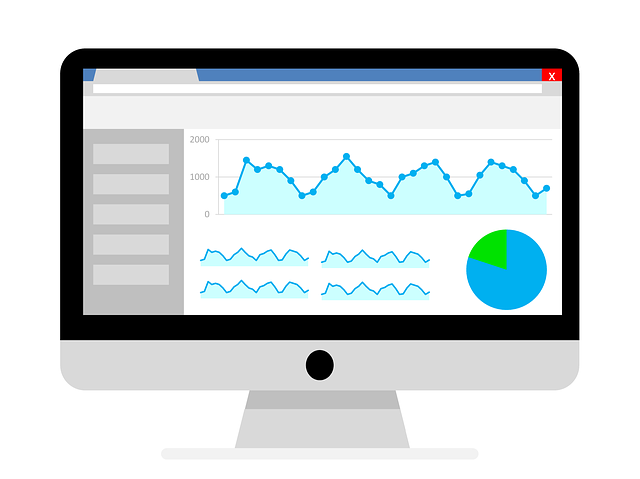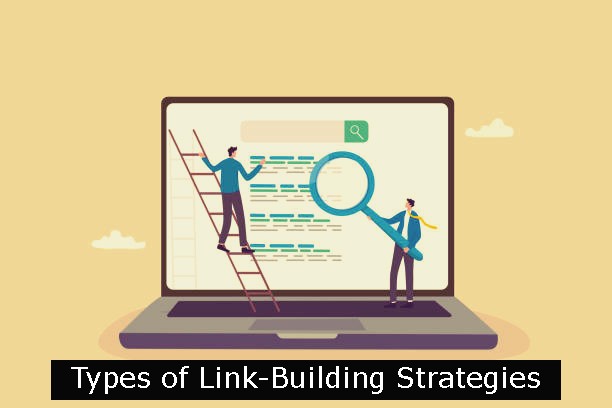
In the vast realm of search engine optimization (SEO), links play a pivotal role in determining a website’s success. Two essential types of links, backlinks, and external links, often find themselves at the center of SEO strategies. In this article, we will embark on a comprehensive journey to understand these link types (Backlinks vs. External Links), their significance, and how to utilize them effectively.
Deciphering Backlinks
What Are Backlinks?
Backlinks, also known as inbound links or incoming links, are hyperlinks that point from external websites to your own. They serve as endorsements from other web sources, signaling to search engines that your content is authoritative and valuable.
Types of Backlinks
There are two primary types of backlinks:
- Dofollow Backlinks: These carry SEO value, influencing search engine rankings. They pass “link juice” to your site.
- Nofollow Backlinks: While they don’t directly impact SEO, nofollow backlinks are valuable for traffic and user engagement.
Benefits of Backlinks
Backlinks offer several advantages:
- Enhanced Authority: High-quality backlinks boost your website’s authority in your niche.
- Improved Rankings: Search engines reward websites with authoritative backlinks by ranking them higher.
- Increased Traffic: Backlinks from reputable sources drive targeted traffic to your site.
Exploring the Significance of External Links
What Are External Links?
External links, or outbound links, are hyperlinks on your website that point to other websites. They serve various purposes, such as citing sources, providing additional information, or enhancing user experience. source
Types of External Links
There are various types of external links:
- Citation Links: These link to sources that support the information presented on your page.
- Resource Links: Point to valuable external resources, aiding your audience’s understanding.
- Affiliate Links: These can generate revenue for your website when users make purchases through them.
Benefits of External Links
External links offer multiple benefits:
- Credibility: External links enhance your content’s credibility by referencing authoritative sources.
- User Experience: They enrich the user experience by providing supplementary information.
- Building Relationships: Outbound links can help you build relationships with other websites and influencers.
Backlinks vs. External Links: A Comparative Analysis

Differences between Backlinks and External Links
Backlinks and external links differ in several ways:
- Direction: Backlinks come from external sites to yours, while external links go from your site to external sources.
- SEO Impact: Backlinks directly influence SEO rankings, while external links primarily affect user experience and credibility.
- Purpose: Backlinks validate your site’s authority, while external links support your content.
When to Use Backlinks
Utilize backlinks when you want to:
- Improve your website’s SEO ranking.
- Establish authority in your niche.
- Attract organic traffic from other reputable websites.
When to Use External Links
Incorporate external links when you:
- Need to support your content with references.
- Want to enhance user experience with additional resources?
- Seek to build relationships with other webmasters or influencers.
Best Practices for Maximizing SEO with Links
SEO Best Practices
To make the most of backlinks and external links:
- Use descriptive anchor text for both.
- Ensure link diversity for backlinks.
- Keep an eye on link quality and relevance.
User Experience Matters
For a seamless user experience:
- Ensure all external links open in new tabs.
- Use clear and concise anchor text.
- Regularly check and update broken links.
Conclusion
In the realm of SEO, backlinks and external links are two vital components of an effective strategy. Understanding their differences, purposes, and best practices is crucial for optimizing your website’s performance.
By implementing these insights, you can harness the power of both link types to propel your website towards greater online success. source






